The Ribeira Sacra is an area in inland Galicia that is home to spectacular natural features such as the canyon of the Sil River, this region’s most emblematic landmark and a wide array of valuable artistic heritage. Referred to as the land of monasteries, it is graced with over a dozen demonstrating the huge importance of this region during the Middle Ages. It is a genuine journey back in time. However in recent history, the Ribeira Sacra region had lost a significant amount of importance but over the past few years, its international success in wine producing and rural tourism is putting it back on the map.
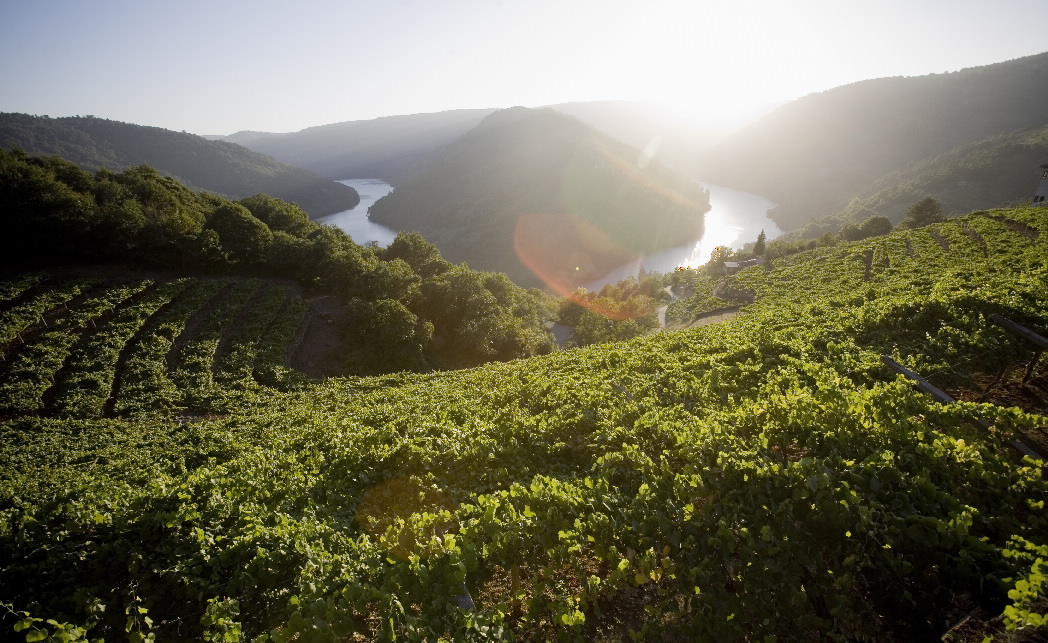
The Sil River which identifies the region, forms a natural boundary between the provinces of Ourense and Lugo, in the heart of Galicia in northern Spain. You'll be breath-taken by its rugged landscapes, dominated by vineyards, mountains and ravines. The Ribeira Sacra region, follows almost 200km of river, a region which is peppered with historical architecture such as churches and shrines, mostly in the Romanesque style, as well as palaces and monasteries. Home to Spain's oldest Christian parishes, the Ribeira Sacra was the starting point for Christianity on the Iberian Peninsula.
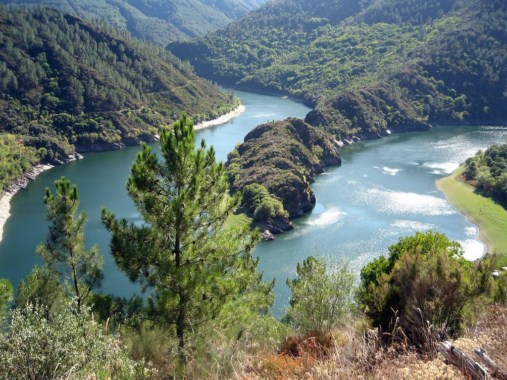
1,500 years ago, congregations of monks and hermits settled here, and for centuries devoted themselves to meditation and reflection. This peace and harmony live on to this very day in the region's villages and medieval monasteries. Unfortunately, some are now abandoned but are still well worth visiting as their walls have been witnesses to the passing of time and the damp, moss and vegetation impart an uncanny air of mystery.
They are reached by means of forest tracks and country roads running through lush green forests. One of the most important is the monastery San Esteban de Ribas de Sil, located to the north of Nogueira de Ramuín. Besides being the largest in the Ribeira Sacra, it is now a luxurious Parador Hotel, a place I would very much like to spend an evening or two.
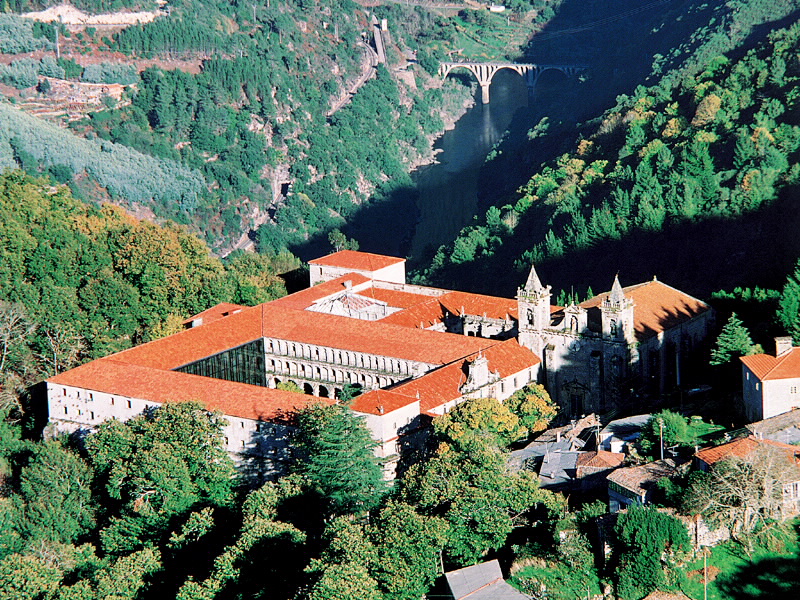
In the same village, you'll find the monastery of Santa Cristina, where you can stroll around its cloisters and surroundings and soak up the magical atmosphere. Very close by are some of the region's most famous viewing points: the Balcones de Madrid. From this natural terrace, you can see the immensity of the Sil River canyon, with gorges up to 500 metres deep. The views are spectacular. Once here you can explore this section of the river (40 navigable kilometres) by catamaran. There are routes of differing durations. The longest, which takes approximately three hours and can be done at any time of year, runs from Abeleda to Os Chancís, 24 kilometres downstream. There are also shorter routes, such as the one departing from the San Esteban pier to Abeleda.
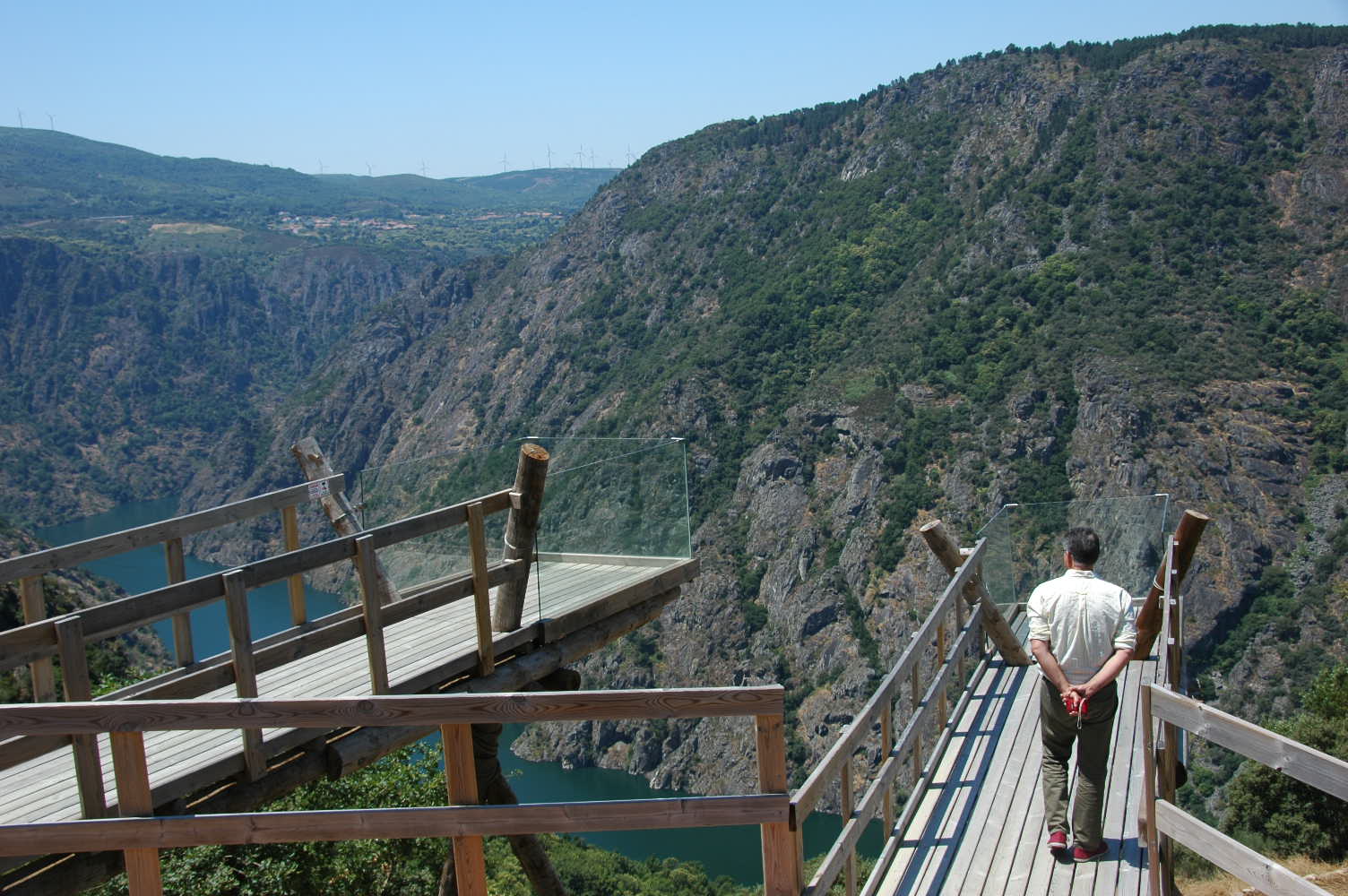
The Ribeira Sacra offers a whole list of historical sites to visit, such as Montederramo and the Santa María monastery, now a school. One can also visit Tarreirigo, where you'll find San Pedro de Rocas, a chapel carved straight out of the rock, and considered the oldest monastery in Galicia. Another option is to go to Ferreira, home to the convent of Las Madres Bernardas, the only convent in Galicia occupied by nuns since its foundation until the present day. Or else you could even opt to experience all the charm of Monforte de Lemos, an interesting medieval town.
In addition to the landscape and its historical attractions, one of the strengths of the Ribeira Sacra is its cuisine. In the Ribeira Sacra, we can find a wide range of quality local products and delicacies, many of them with a protected origin, which can be tasted in restaurants and farmhouses throughout the area. The speciality of the Ribeira Sacra is its high-quality pork. The historical importance of pig slaughter in the region continues to this day and offers a fantastic choice of pork products throughout the year: cured sausages, cured hams, chorizos, androllas and the list goes on. In addition to pork, the Ribeira Sacra is also well known for veal, goat, lamb, small game and large game (in season) as its land is extremely fertile. Cherries, chestnuts and honey are also highly valued products in the region but what has been crossing borders and carrying the flag for this region is its wine. The cultivation of wine in this region dates back over 2,000 years when it was introduced by the Romans and then continued to be a key element for monastic communities throughout the Ribeira Sacra. It was really the monks who cultivated and perfected the techniques in the region and are responsible for modelling the extraordinary landscape with terraces we can see today all along the river.
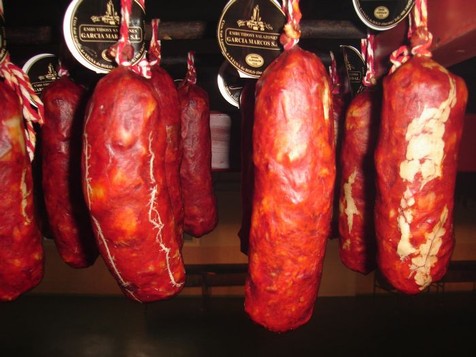
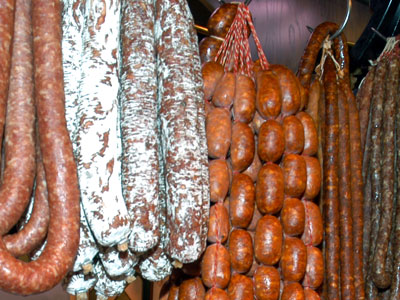
Today wine production is the major driver of economic development within the Ribeira Sacra. The creation of the Denomination of Origin and the Regulatory Council in 1997 was a powerful stimulus to increase not only the quantity but also the quality of the wine produced and I have to say today they are making some fantastic wines throughout the 1,550 hectares dedicated to vineyards in the region. In 2005 they reached 99 winemakers. Undoubtedly the best red wines produced in the Galicia are from the Ribeira Sacra. The reds of the Ribeira Sacra are best served at room temperature and are perfect with all kinds of meats but especially game.

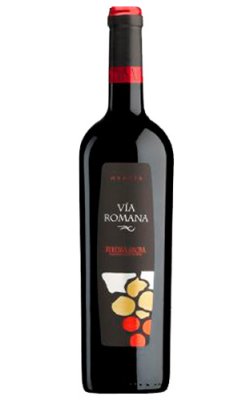
For wine lovers who just can’t resist visiting wineries, tasting wines and the opportunity to buy “in situ”, the Ribeira Sacra is a wonderful route to take. Every day the number of wineries that can be visited increases and are included in Wine Tourism Programmes and shortly the future Museum of Wine in Monforte de Lemos will be opening its door. One of the finest wines I have tried from the region is “Via Romana”, a great wine, either red or white, I’m sure you’ll just love them.